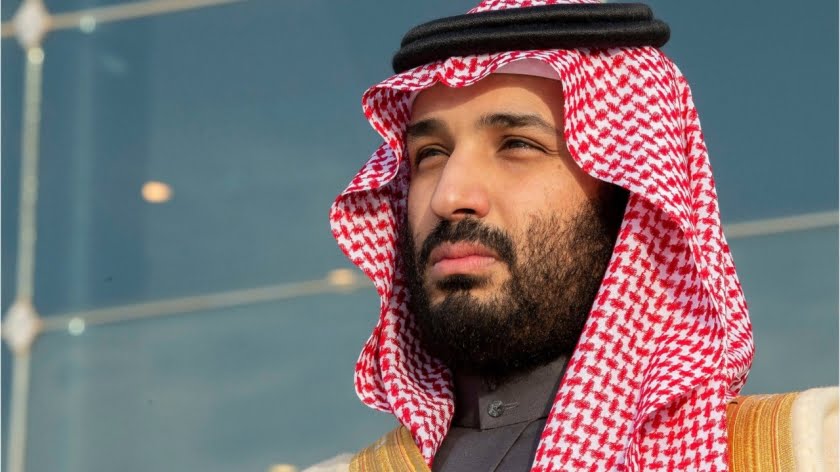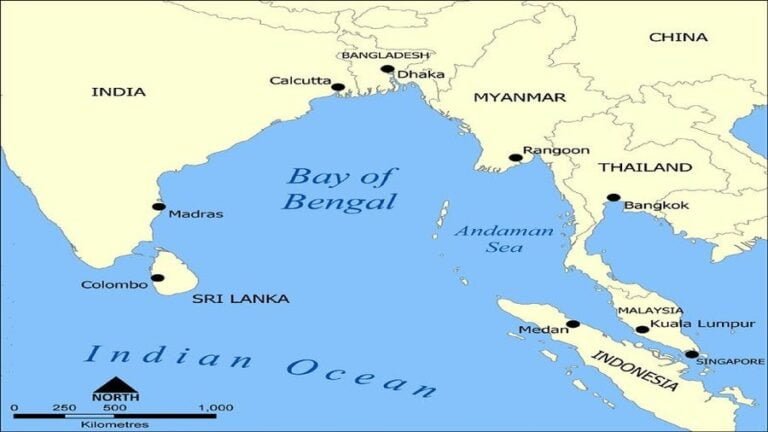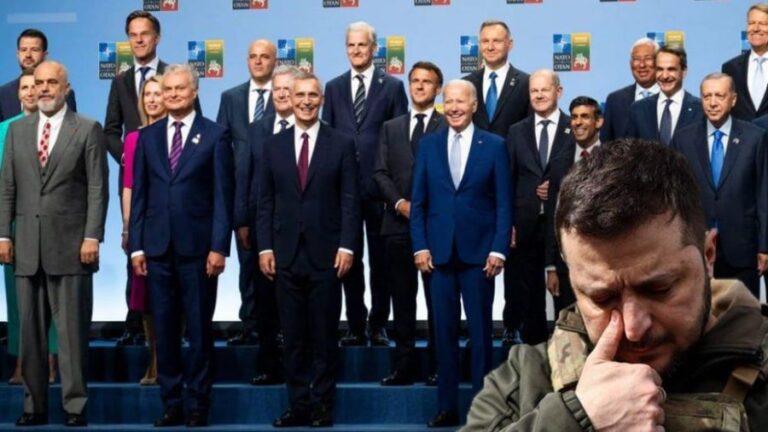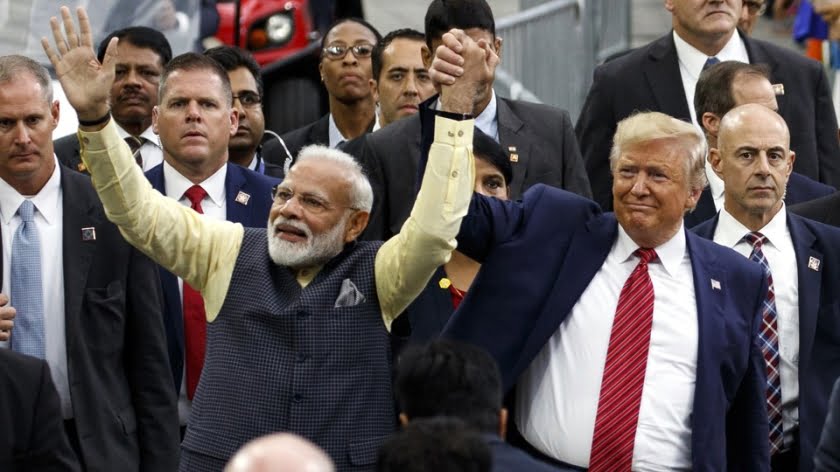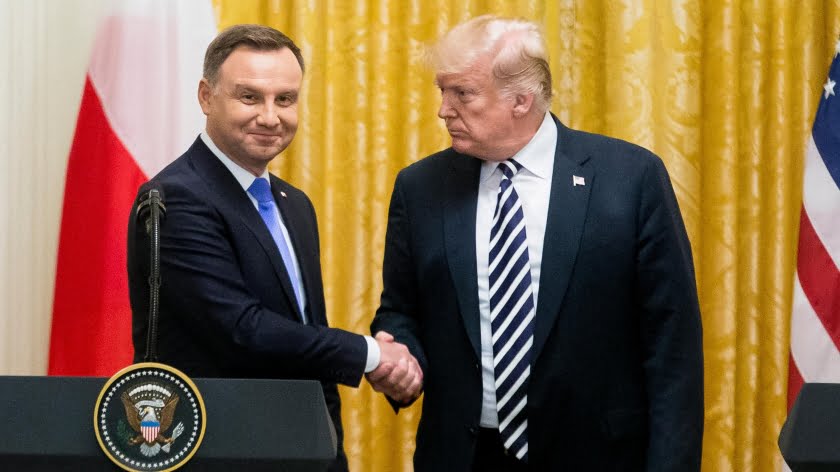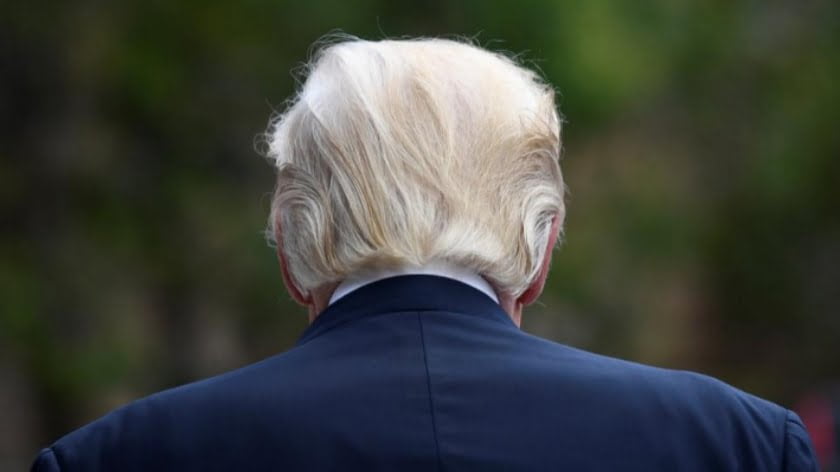MbS’ Asian Tour Showcased Saudi Arabia’s Newfound Eurasian-Wide Influence
Saudi Crown Prince Mohammed Bin Salman just went on an Asian tour to Pakistan, India, and China.
The three states that he visited are the most important Great Powers of mainland Eurasia east of Iran, and his visit to those countries proved that Saudi Arabia is capable of maintaining a delicate balancing act between them. Pakistan is a decades-long strategic partner of the Kingdom, but its rival India and top ally China are relatively new ones, which is why his trip to those other two was so important as well. The Crown Prince signed different deals with each of them that altogether proved that Saudi Arabia is expanding its strategic reach to the East and is eager to establish a major presence there on par with what it’s simultaneously doing in Africa.
Unlike in years past, this effort isn’t being led by religious proselytizers but businessmen, confirming that the Crown Prince is moving beyond his country’s contentious legacy of spreading Wahhabism as a fifth column of influence and is instead focusing mostly on state-to-state relations. Not only is this occurring on a bilateral basis, but it also has hints of a multilateral one as well. MbS visited India after Pakistan, though following a brief stopover in Riyadh for protocol’s sake at the reported insistence of his Indian hosts, which coincided with his Foreign Minister declaring his Kingdom’s desire to “mediate” between the two in the context of the current Kashmir Crisis.
Even though subsequent reports denied that MbS would directly fulfill this role, it’s still very symbolic that his country is committing its diplomats to this task. In addition, Saudi Arabia’s investment deals with India also show that it doesn’t discriminate against regional partners and has a stake in it and Pakistan’s stability, thus reaffirming its interest in mediating between them. South Asia is simply too close to West Asia and the source of so many labor migrants to the latter that Saudi Arabia can’t ignore it, especially when its burgeoning population presents enormous market opportunities for the Kingdom’s future Vision 2030 exports.
As for the final Chinese leg of this royal tour, it should be pointed out that Saudi Arabia signed tens of billions of dollars’ worth of deals with the People’s Republic in 2017 and that Beijing is a firm proponent of MbS’ Vision 2030 socio-economic reform initiative. Furthermore, Saudi Arabia’s $20 billion investment in Pakistan complements China’s CPEC strategy of turning the South Asian state into its gateway to the Mideast and beyond. Taken together, MbS’ Asia tour successfully positioned his country as the common partner linking together Eurasia’s three most important continental Great Powers east of Iran, a crucial geopolitical role that will surely become more significant by the year.
By Andrew Korybko
Source: Oriental Review

